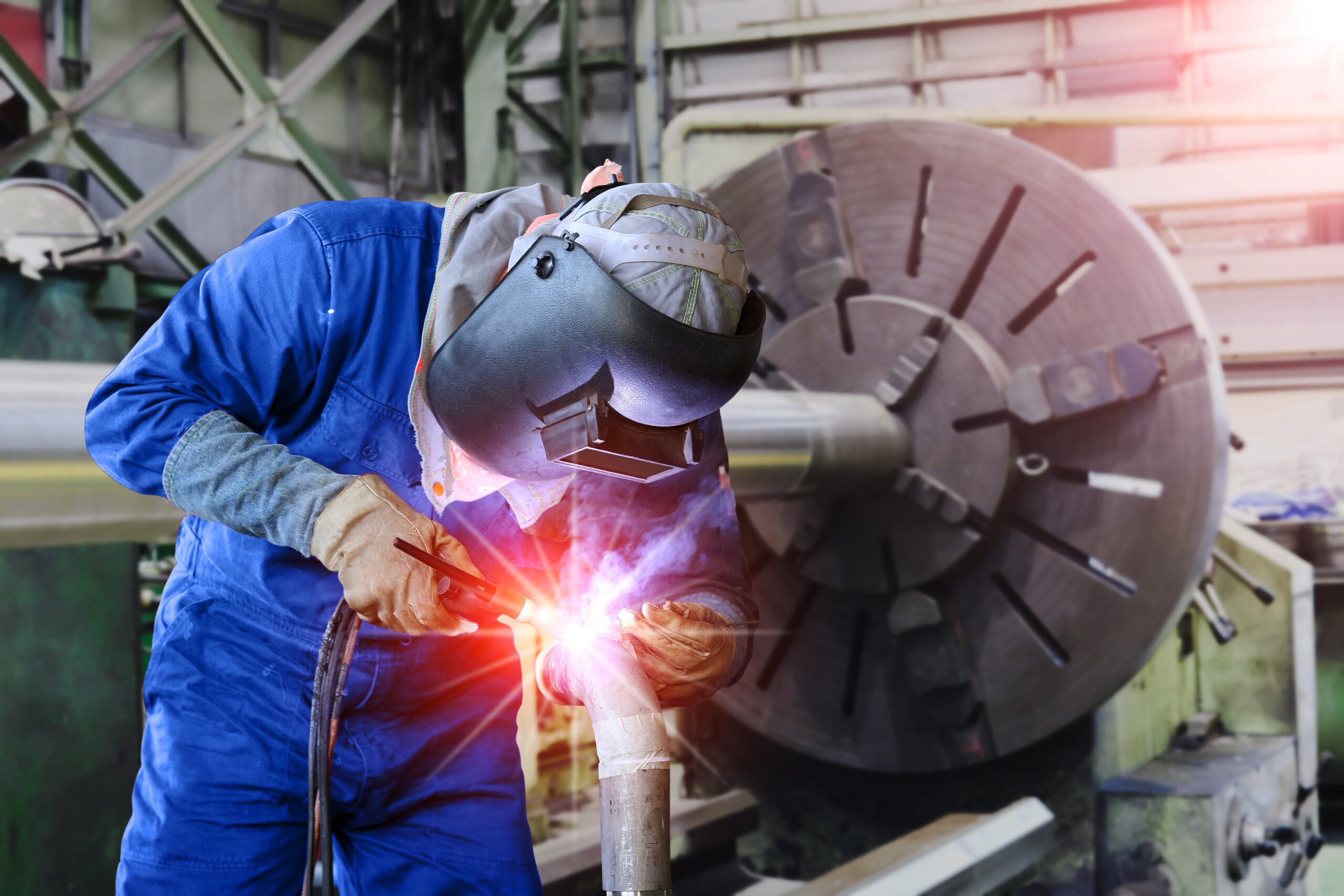Understanding Welding WPS: Comprehensive Overview for Welders
Understanding Welding WPS: Comprehensive Overview for Welders
Blog Article
The Ultimate Overview to Welding WPS Procedures: An Extensive Review for Welders
In the complex globe of welding, Welding Treatment Requirements (WPS) offer as the foundation of ensuring top quality, uniformity, and security in welding operations (welding WPS). As we dive right into the different components of a WPS and explore the intricacies of qualification and certification, we will certainly uncover the vital duty these treatments play in the world of welding.
Significance of WPS Procedures
Understanding the significance of Welding Treatment Requirements (WPS) treatments is important for guaranteeing the high quality and integrity of bonded structures. WPS procedures work as a roadmap for welders, detailing the needed steps, parameters, and materials called for to accomplish a sound weld. By sticking to WPS guidelines, welders can ensure uniformity in their work, leading to structurally sound and trustworthy welds.
Among the key reasons WPS procedures are crucial is their duty in preserving weld quality and honesty. Complying with the defined welding criteria and strategies detailed in the WPS assists prevent flaws such as porosity, fracturing, or incomplete blend, which can endanger the strength and durability of the weld. Additionally, WPS procedures are critical for making sure conformity with sector requirements and codes. By following established WPS standards, welders can show that their job fulfills the required demands for safety and high quality, giving assurance to clients, examiners, and governing bodies. Basically, the relevance of WPS treatments can not be overstated, as they are fundamental to accomplishing consistent, high-grade welds that meet market criteria and specifications.

Elements of a WPS
A Welding Treatment Requirements (WPS) normally comprises crucial components that detail the specific requirements for performing a weld, ensuring uniformity and high quality in the welding process. The vital parts of a WPS consist of necessary variables such as base steels, filler steels, preheat and interpass temperatures, welding processes, protecting gases, welding placements, and post-weld warmth therapy needs.
Base steels refer to the products being signed up with, while filler metals are utilized to fill up the void between the base metals throughout welding. The welding process describes the certain strategy to be used, whether it's gas steel arc welding (GMAW), secured steel arc welding (SMAW), or another technique. Welding placements specify the orientations in which welding can be carried out.

Credentials and Certification
Having established the necessary components of a Welding Procedure Specification (WPS), the focus now moves towards the vital facets of qualification and certification in welding practices.

Accreditation, on the other hand, is the formal acknowledgment of a welder's certifications by a pertinent certification body or company. Welding certifications are normally based on the specific welding procedures, products, and placements a welder is certified to work with. Holding a valid welding qualification demonstrates that a welder fulfills market requirements and is experienced to perform welding tasks to the needed requirements.
Creating a WPS
To establish a Welding Procedure Spec (WPS) that satisfies market criteria, careful consideration of welding procedures, products, and operational parameters is vital. The very first action in creating a WPS is to recognize the welding process to be made use of, such as gas metal arc welding (GMAW) or protected metal arc welding (SMAW)

Carrying Out and Monitoring WPS
Upon settling the detailed Welding Procedure Requirements (WPS) that carefully details welding procedures, materials, functional parameters, and top quality assurance measures, the emphasis shifts to properly executing and checking the well established procedures. Application involves making sure that all welders involved in the job are acquainted with the WPS and follow it thoroughly throughout the welding process. Reliable implementation and surveillance of the WPS are essential for making certain the integrity, toughness, and safety of the welded joints, inevitably contributing to the general success of the welding task.
Verdict
To conclude, understanding and following Welding Treatment Specifications (WPS) is vital for welders to ensure high quality, uniformity, and safety and security in their work. By understanding the parts of a WPS, obtaining proper certifications and qualifications, creating comprehensive treatments, and applying and checking them effectively, welders can improve their abilities and effectiveness in welding techniques. Adhering to WPS my website procedures is important for creating high-grade welds and meeting industry standards.
In the elaborate world of welding, Welding Treatment Specs (WPS) serve as the foundation of making certain high quality, consistency, and safety and security in welding procedures. The welding procedure outlines the certain technique to be utilized, whether it's gas metal arc welding (GMAW), protected metal arc welding (SMAW), or one more approach.To develop a Welding Procedure Spec (WPS) that satisfies market standards, careful consideration of welding processes, materials, and functional criteria is essential. The initial action in developing a WPS is to recognize the welding process to be utilized, such Visit Your URL as gas metal arc welding (GMAW) or shielded steel arc welding (SMAW)Upon wrapping up the thorough Welding Treatment Spec (WPS) that thoroughly details welding processes, products, functional specifications, and high quality assurance more information actions, the emphasis moves to efficiently executing and checking the well established procedures.
Report this page